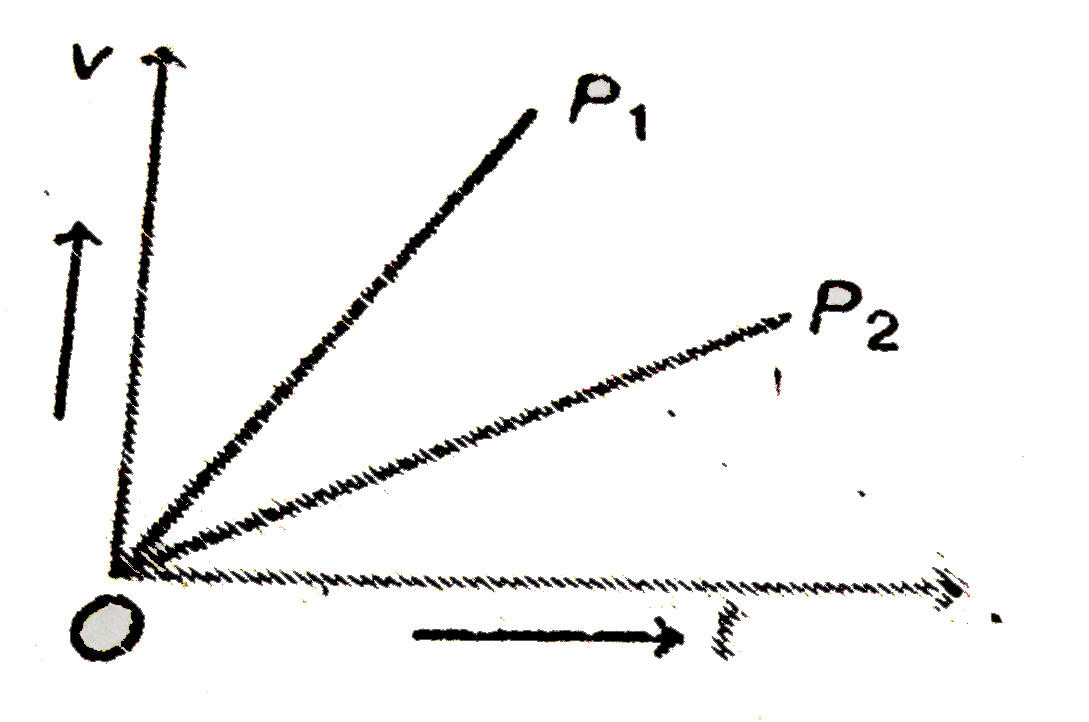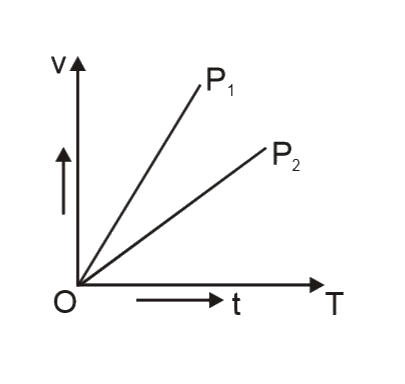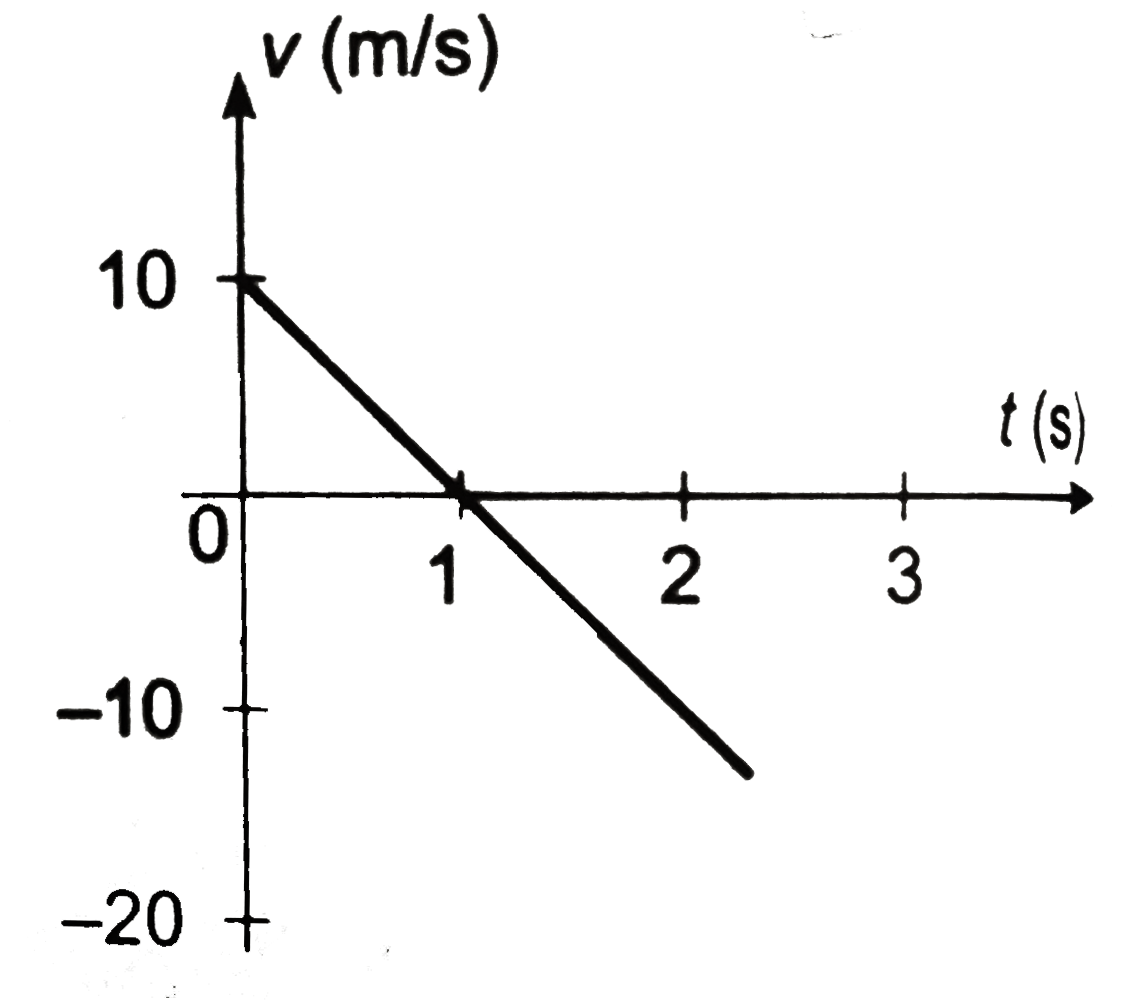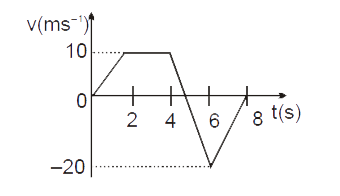Shown in the figure are the velocity time graphs of the two particle P1 and P2 moving in same straight line in same direction. Which of the following statements about their relative motion is true?

Their relative velocity
is zero
is non-zero but constant
continuously decreases
continuously increases
The correct Answer is:D
Step by step video, text & image solution for Shown in the figure are the velocity time graphs of the two particle P_(1) and P_(2) moving in same straight line in same direction. Which of the following statements about their relative motion is true? Their relative velocity by Physics experts to help you in doubts & scoring excellent marks in Class 11 exams.
Updated on:21/07/2023Topper's Solved these Questions
- KINEMATICS 1BOOK - DC PANDEYCHAPTER - KINEMATICS 1EXERCISE - MCQ_TYPE
27 Videos
- KINEMATICS 1BOOK - DC PANDEYCHAPTER - KINEMATICS 1EXERCISE - COMPREHENSION_TYPE
19 Videos
- KINEMATICSBOOK - DC PANDEYCHAPTER - KINEMATICSEXERCISE - INTEGER_TYPE
11 Videos
- LAWS OF MOTIONBOOK - DC PANDEYCHAPTER - LAWS OF MOTIONEXERCISE - Medical entrances gallery
39 Videos
Similar Questions
The velocity-time graph of a particle moving along a straight line is shown in Figure 2.W7.Is the motion uniform?

View SolutionShown in the figure are the velocity time graphs of the two particles P1andP2 . Which of the following statements about their relative motion is true ? Theire relative velocity

View Solution
Knowledge Check
Shown in the figure are the velocity time graphs of the two particles P1andP2 . Which of the following statements about their relative motion is true ? Theire relative velocity
 AIs zeroBIs non - zero but constantCContinuously decreasesDContinuously increases
AIs zeroBIs non - zero but constantCContinuously decreasesDContinuously increasesShown in the figure is the position-time graph for two chldren (C1 & C2) going home from the school. Which of the following statements(s) about their relative motion is/are true after both of them started moving? Their relative velocity: (consider 1-D motion)
 Afirst increases and then decreasesBfirst decreases and then increasesCis zeroDis non zero constant
Afirst increases and then decreasesBfirst decreases and then increasesCis zeroDis non zero constantShown in the figure are the displacement time graph for two children going home from the school. Which of the following statements about their relative motion is true after both of them started moving ? Their relative velocity:
(##MOT_CON_NEET_PHY_C23_E01_043_Q01.png" width="80%">Afirst increases and then decreasesBfirst decreases and then increasesCis zeroDis non zero constant
A particle moves with uniform velocity. Which of the following statements about the motion of the particle is true?
View SolutionThe figure shows velocity-time graph of a particle moving along a straight line. Identify the correct statement.

View SolutionThe figure shows a velocity-time graph of a particle moving along a straight line

The maximum displacement of the particle is
View SolutionThe figure shows a velocity-time graph of a particle moving along a straight line

The maximum of displacement of the particle is
View SolutionThe figure shows a velocity-time graph of a particle moving along a straight line

Q. The maximum of displacement of the particle is
View Solution
